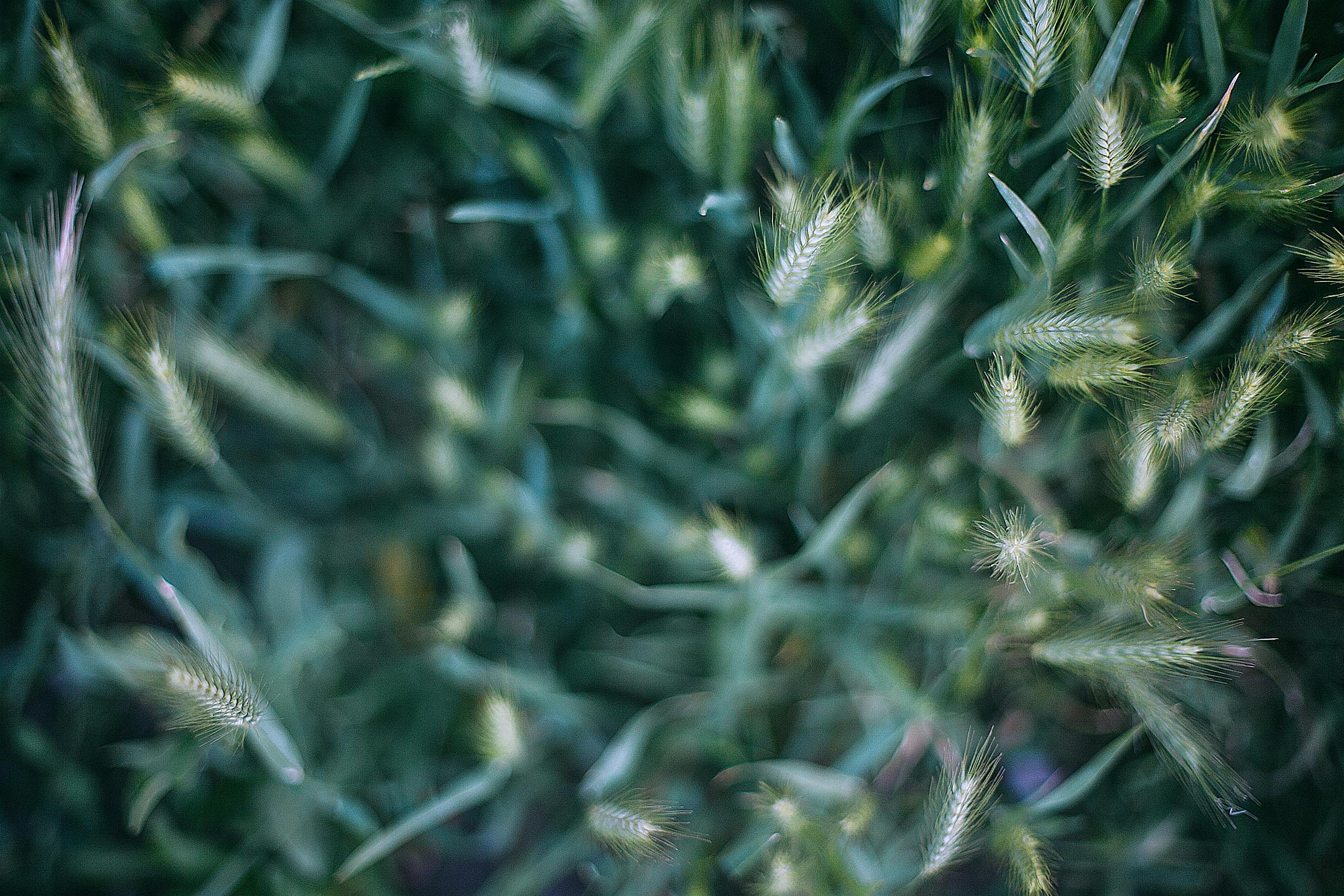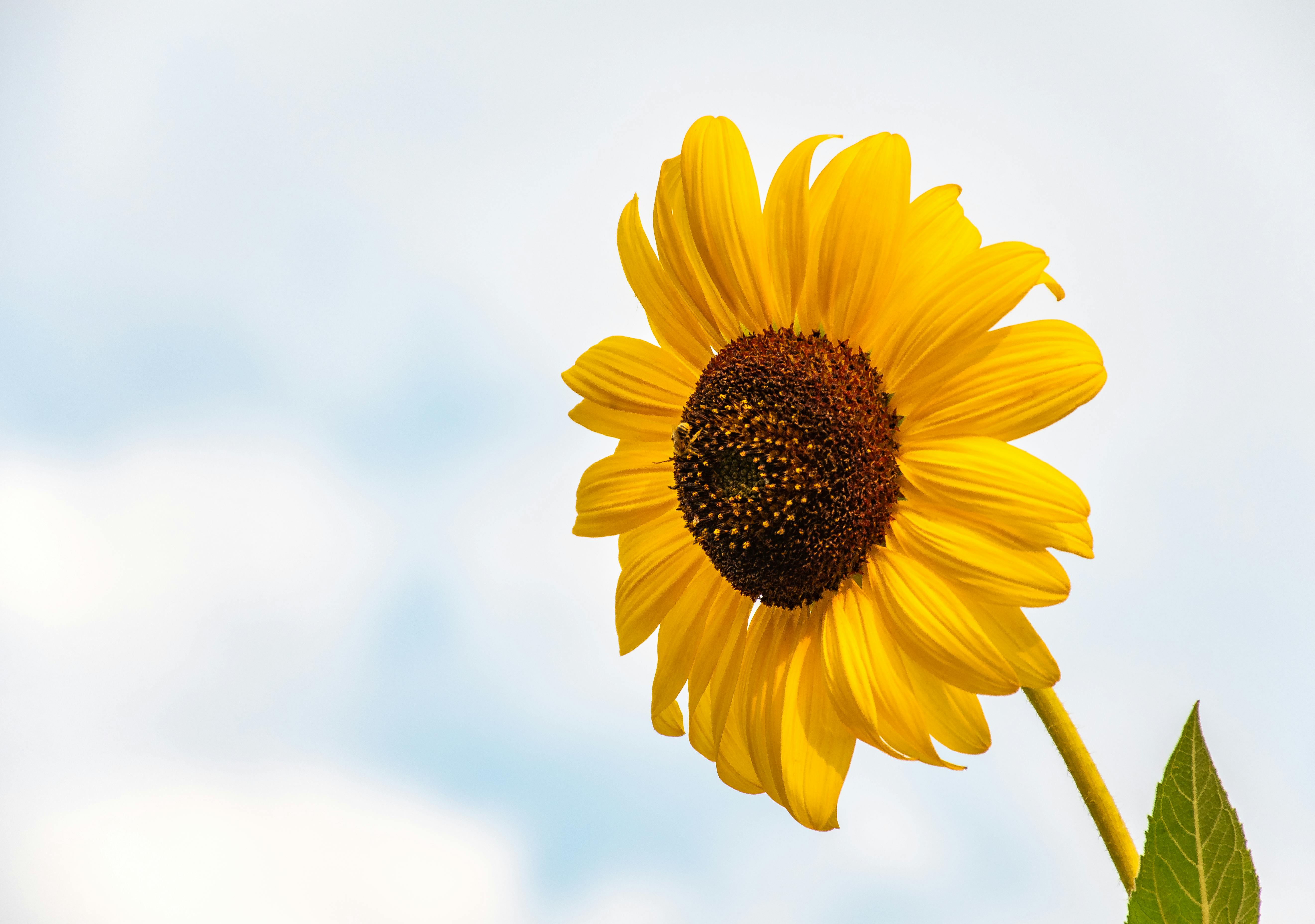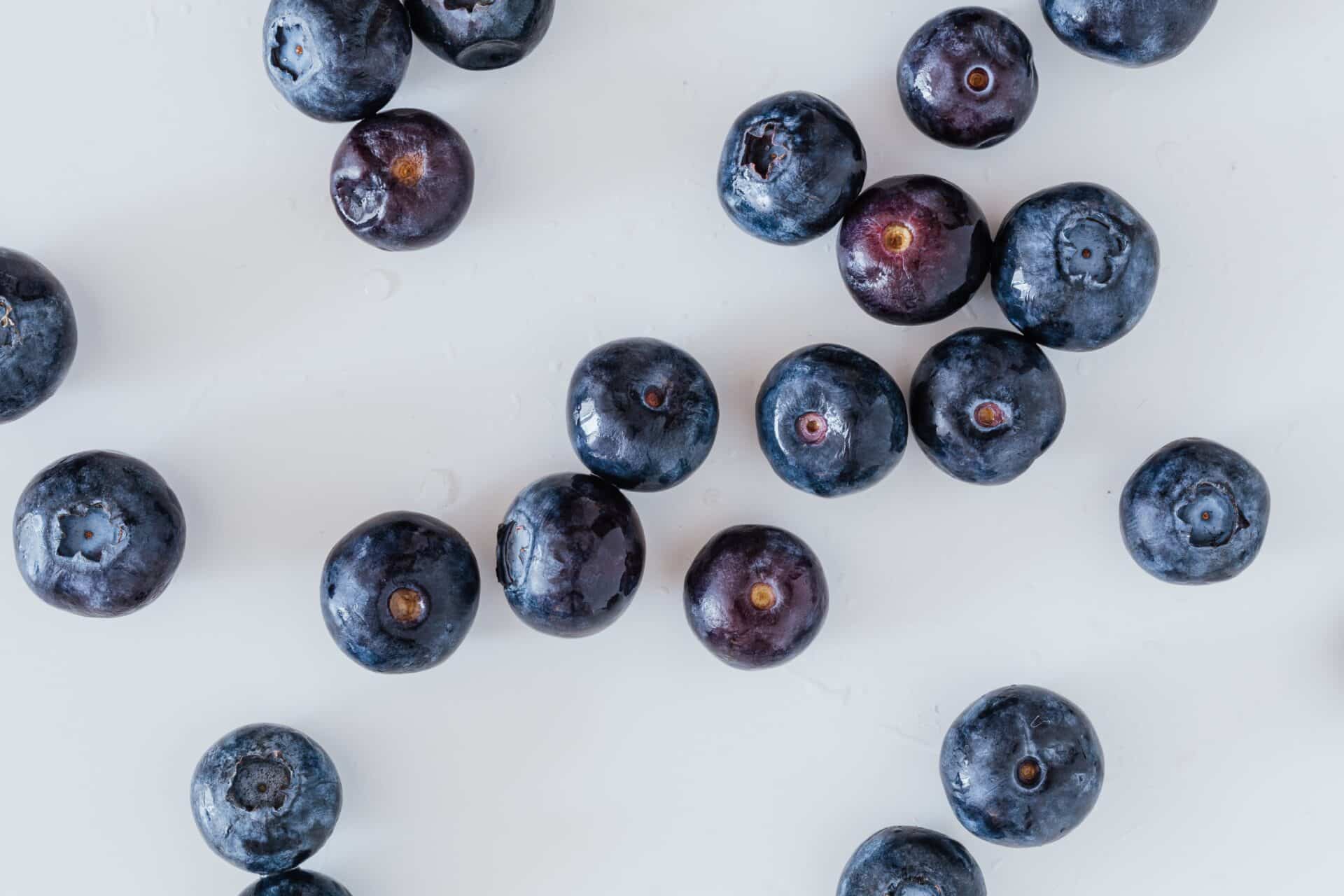Growing blueberry from seed can be a rewarding experience. Not only is it a fun and interesting project, but it also gives you the opportunity to enjoy the delicious fruit that comes from these hardy bushes. With just a few simple steps, you can have your own homegrown blueberry bush in no time. In this guide, we will look at the process of growing blueberries from seed, including which seeds to buy, when to plant them and how to care for them. With some patience and care, you can enjoy your own homegrown blueberries in no time!1. Gather blueberries that are ripe and ready to be picked from the bush.
2. Rinse the blueberries gently in cool water to remove any dirt or debris.
3. Squeeze the berries gently between your fingers to separate the flesh from the seed.
4. Place the squeezed berries in a bowl of cool water and stir them around with your hand to loosen any remaining seeds.
5. Strain out the seeds using a fine-mesh sieve, then rinse them in cold water to remove any remaining bits of fruit flesh.
6. Spread out the seeds on a paper towel and allow them to air dry for several hours or overnight.
7. Store the dried seeds in an airtight container until you are ready to plant them.
Soil Requirements for Growing Blueberry from Seed
Growing blueberry from seed is a rewarding experience, but it’s important to make sure that you have the right soil conditions. Blueberries need acidic soil with a pH between 4.5 and 5.5, as well as ample drainage in order to thrive. The soil should also be well-aerated and rich in organic matter such as peat moss or compost. The addition of sand to the soil can help with drainage as well. Additionally, blueberry plants need plenty of nitrogen, which can be provided by adding fertilizer or composted manure to the soil prior to planting. When planting blueberries from seed, it’s important to note that they require full sun in order for the plants to produce abundant fruit.
Planting Blueberry Seeds
Planting blueberry seeds is a great way to add a touch of natural beauty to your home. It is also an excellent way to enjoy the delicious taste of fresh blueberries right from your own garden. Although it may seem intimidating, planting blueberry seeds is actually quite easy and can be done in just a few simple steps.
The first step in planting blueberry seeds is to purchase high quality, healthy seeds from a reputable source. It’s important that the seeds are certified organic and free of any contaminants or disease. Once you have the seeds, you will need to prepare the soil for planting. The soil should be rich in organic matter and have good drainage. If necessary, add fertilizer or compost to create an ideal growing environment.
Next, you will need to sow the seeds in the prepared soil. Make sure to space them out evenly and cover them lightly with soil. Water the area thoroughly and keep it moist until the seedlings begin to sprout. Once they’ve sprouted, thin out any overcrowded plants so that each one has adequate space to grow.
Finally, provide your plants with plenty of sunshine and water throughout their growing season. Blueberry bushes require full sun for optimal growth, so make sure they get at least six hours of direct sunlight each day during their growing season. Additionally, water them regularly and mulch around their base for extra protection against weeds and drought conditions.
By following these steps, you can successfully plant blueberry seeds in your own backyard or garden! With patience and dedication, you can enjoy delicious homegrown berries for years to come!
Germination Time for Blueberry Seeds
Germinating blueberry seeds is not a difficult task but it does take some time and patience. It can take anywhere from one to four months for the seeds to germinate, depending on the variety of blueberry and the conditions in which they are grown. The ideal temperature range for germination is between 70 and 75 degrees Fahrenheit. If the temperatures are too high or too low, this can affect the germination process.
The first step in germinating blueberry seeds is to soak them in warm water for 24 hours. This helps soften the seed coat and prepares them for planting. After this process, the seeds should be planted in moist soil that is at least two inches deep. Make sure to keep a consistent level of moisture in the soil, as this will help speed up the germination process.
It is important to provide adequate sunlight and air circulation during this period. Place a sheet of clear plastic over the top of each container to help retain moisture and create a miniature greenhouse effect. The seedlings should be visible within two weeks, but it may take several months before they reach maturity and begin producing fruit.
Once established, blueberry plants will produce fruit for many years with minimal care and attention. It is important to prune them regularly to ensure that they remain healthy and productive. With proper care, your blueberry plants will produce delicious fruits for years to come!
Caring for Seedlings
Caring for seedlings is essential to ensuring successful plant growth. When caring for seedlings, there are a few key things to keep in mind. First, it is important to provide the seedlings with adequate light. This can be accomplished by placing the seedlings in a well-lit area or by using grow lights. Additionally, it is important to maintain the right temperature and humidity levels for the specific type of plant being grown. It is also important to water the seedlings properly, as over-watering can cause root rot and other issues. Lastly, be sure to fertilize your seedlings on a regular basis in order to provide them with essential nutrients that will help them thrive. By following these simple guidelines, you can ensure that your seedlings will grow into healthy plants.
In addition to providing the proper care outlined above, it is important to ensure that your seedlings have access to fresh air and plenty of room to grow. Make sure that your containers are not overcrowded and give each plant ample space so they do not compete for resources such as light and water. Additionally, make sure that any containers you use have sufficient drainage holes so excess water can escape and avoid root rot or other issues caused by overly wet conditions.
Finally, be sure that you are giving your seedlings plenty of love and attention! Talk or sing to your plants on a regular basis – it may sound silly but research has shown that plants respond positively when they receive verbal affirmations from their caretakers! Additionally, give them plenty of gentle care such as brushing off dust or wiping down their leaves with warm water on occasion – this helps keep them healthy and happy!

Transplanting Blueberry Seedlings
Transplanting blueberry seedlings is an important part of growing blueberries. It is important to plan ahead and take the necessary steps to ensure that the seedlings are properly transplanted. The first step is to select a location for the new planting. The area should be well drained, with full sun exposure and deep, fertile soil. The next step is to prepare the soil by adding organic matter such as compost or manure, and tilling it to ensure good drainage. After the soil is prepared, the seedlings can be transplanted into the ground.
It is important to plant blueberry seedlings at least two feet apart in rows that are four feet apart. When planting, make sure to dig a hole that is at least twice as wide and twice as deep as the root ball of each seedling. Also make sure that the roots are spread out evenly in the hole before filling it with soil again. After planting, water each seedling thoroughly and mulch around each plant to help keep moisture in and weeds out.
Finally, young blueberry plants should be pruned back by about one-third after transplanting to encourage strong growth and prevent them from becoming too tall or leggy. Prune away any dead branches or diseased foliage during this time as well. By following these steps, you can ensure that your blueberry seedlings will have a strong start and will be able to thrive in their new environment.
Watering and Fertilizer Needs for Growing Blueberries from Seeds
Growing blueberries from seeds can be a rewarding experience, but you need to make sure that you provide the right conditions for the plants to thrive. It is important to provide adequate water and fertilizer for your blueberry plants so they can produce an abundance of delicious berries.
A proper watering schedule is essential for growing blueberries from seeds. The soil should be kept moist, but not soggy, as too much water can lead to root rot. You should water the plants deeply, making sure to get down to the roots of the plant. In general, blueberry plants should be watered about once a week during the growing season, or whenever the soil starts to feel dry about an inch below the surface.
In addition to watering, your blueberry plants will also need fertilizer in order to grow healthy and produce abundant fruit. The best type of fertilizer for blueberries is one that is high in nitrogen and low in phosphorus and potassium. A slow-release fertilizer is usually best as it will provide continuous nutrients throughout the season without having to be reapplied as often. You should fertilize your blueberry plants once or twice during the growing season, depending on how quickly they are growing and how much fruit they are producing.
Overall, providing adequate water and fertilizer are essential for growing healthy blueberry plants from seeds. By following a regular watering schedule and fertilizing with a slow-release fertilizer specifically designed for blueberries, you can ensure that your plants will have everything they need in order to grow strong and produce an abundance of delicious berries!
Growing Blueberries from Seeds
Growing blueberries from seeds can be a rewarding and enjoyable experience. While it may take some time and effort to do so, the end result can be a bountiful harvest of delicious blueberries. To ensure that your blueberry plants are as healthy and vigorous as possible, it is important to follow some basic pruning techniques. Pruning can help to promote better air circulation, improve fruit yields, and reduce the chances of disease or pests. Here are a few tips for pruning blueberry plants grown from seed.
Pruning Young Plants
It is important to prune young plants in order to promote strong growth and healthy development. When pruning young plants, you should focus on removing any weak or damaged branches. This will help the plant focus its energy on growing strong branches that will bear fruit in the future. Additionally, you should remove any shoots or branches that are growing too close together as this can lead to overcrowding and impede air circulation.
Pruning Established Plants
When pruning established plants, you should focus on removing any dead or diseased branches as well as any overly dense areas of growth that could impede air circulation. You should also remove any low-hanging branches that could interfere with harvesting or cause damage during storms or high winds. Additionally, it is important to thin out overly thick clusters of fruit-bearing stems in order to promote better yields at harvest time.
Pruning During Harvest Time
When pruning during harvest time, you should focus on removing any dead or diseased stems, as well as any weak stems that could break under the weight of heavy fruit clusters. Additionally, you should thin out overly dense clusters of fruit-bearing stems in order to promote better yields at harvest time.
By following these simple pruning techniques for growing blueberries from seed, you can ensure a healthy and bountiful harvest of delicious blueberries each year!

Conclusion
Growing blueberry from seed is a rewarding experience and one that will provide you with a great harvest of delicious fruits. While it can be time consuming, it is a fairly straightforward process if you follow the steps outlined above.
It is important to make sure that your soil has the correct pH level and that you are providing your blueberries with enough water and nutrients. Once they have been planted, you should make sure to keep an eye on them and protect them from any pests or diseases.
Blueberry plants can produce fruit for many years if taken care of properly, so it is important to ensure that they receive the right amount of care throughout their life cycle. With patience and dedication, you can be rewarded with delicious blueberries for years to come.
In conclusion, growing blueberry from seed is a worthwhile endeavour that will provide you with plenty of fresh fruits in return for your effort. As long as you follow the steps provided above and take good care of your plants, you should have success in growing blueberry from seed.



